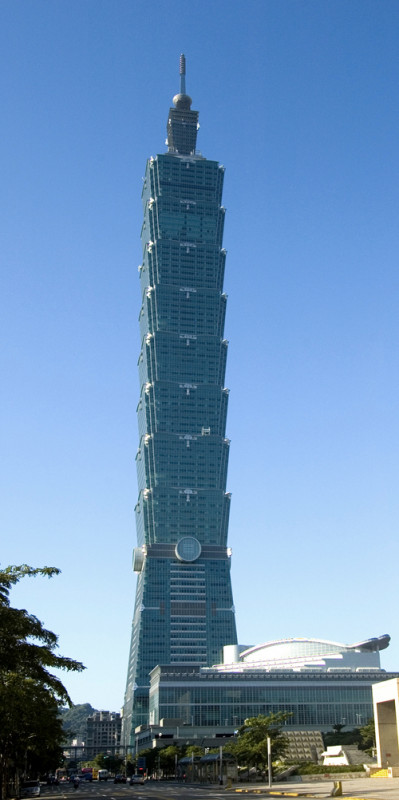Taipei 101, formerly Taipei World Financial Center, was the world's tallest skyscraper from its opening in 2004 until 2010 when it was surpassed by the Burj Khalifa. Owned by Taipei Financial Center Corporation, it was the first skyscraper to exceed half a kilometer in height. Although no longer the tallest globally, it remains the tallest building in Taiwan and the eleventh tallest in the world.
July 1997: Planning for Taipei 101 Begins
The planning phase for Taipei 101 commenced in July 1997 during Chen Shui-bian's tenure as the mayor of Taipei. The initial vision focused on a 66-story tower but later evolved to a grander scale.
1997: Taipei Financial Center Corporation Wins Bid
In 1997, the Taipei Financial Center Corporation, spearheaded by developer Harace Lin, secured the rights to lease the site for 70 years and develop Taipei 101. Their winning bid was a substantial NT$20,688,890,000 for the Build Operate Transfer agreement with the Taipei city government.
2000: License Granted for 101-Story Tower
In a significant development in the summer of 2000, the city of Taipei granted a license for the construction of a 101-story tower, marking a turning point in the project.
2001: Construction of Taipei 101 Begins
Construction work on Taipei 101 commenced in the summer of 2001, marked by the erection of the first tower column, a visible sign of progress.
March 2002: Major Earthquake Strikes During Construction
On March 31st, 2002, a powerful earthquake shook Taiwan, causing a construction crane to plummet from the 56th floor of Taipei 101. Tragically, the accident resulted in five fatalities. Thankfully, a subsequent inspection found no structural damage to the building, enabling construction to resume within a week.
2002: Art installations
In 2002, several artworks were installed in and around Taipei 101, including pieces by German artist Rebecca Horn, American artist Robert Indiana, French artist Ariel Moscovici, Taiwanese artist Chung Pu, and British artist Jill Watson.
July 2003: Taipei 101's Roof Completed
On July 1st, 2003, a significant milestone was achieved with the completion of Taipei 101's roof, marking a crucial stage in the construction process.
2003: Art installation by Robert Indiana
In 2003, American artist Robert Indiana's 'Love' (aluminum) was installed at Taipei 101, adding to the building's collection of significant artworks.
March 2004: Taipei 101 Becomes World's Tallest
On March 31st, 2004, Taipei 101 reached a remarkable milestone by becoming the world's tallest building, a title it held for six years.
December 2004: Grand Opening of Taipei 101
On December 31st, 2004, Taipei 101 was officially opened to the public, claiming the title of the world's tallest building. It was a momentous occasion marked by a spectacular New Year's Eve celebration with fireworks and performances by renowned singers like A-Mei and Stefanie Sun.
2004: Record-setting elevators
In 2004, Taipei 101's double-deck elevators set a new record with the fastest ascending speeds in the world at 60.6 km/h, transporting visitors from the fifth floor to the 89th-floor observatory in 37 seconds.
2004: Taipei 101 Construction Completed
In 2004, the construction of Taipei 101 was successfully finalized by Samsung C&T, a renowned South Korean construction company, signifying a remarkable feat of engineering and architecture.
2008: Shanghai World Financial Center Briefly Surpasses Taipei 101
In 2008, the Shanghai World Financial Center briefly overtook Taipei 101 in terms of roof height and the highest occupied floor. However, both records were subsequently surpassed by the Burj Khalifa.
November 2009: Plan to Become World's Tallest Green Building
On November 2nd, 2009, the Taipei Financial Center Corporation (TFCC) unveiled ambitious plans to transform Taipei 101 into the world's tallest green building by the summer of 2011, aiming to achieve this distinction through LEED certification.
March 2010: Burj Khalifa Surpasses Taipei 101
On March 10th, 2010, the Burj Khalifa in Dubai surpassed Taipei 101 to claim the title of the world's tallest building.
2010: Taipei 101 Surpassed in Height
In 2010, the Burj Khalifa, located in Dubai, surpassed Taipei 101 to become the tallest building in the world.
January 2011: Building occupancy and floor designation
As of January 2011, the highest occupied office floor in Taipei 101 was the 75th floor, and the building was at least 70% occupied. The 44th floor was renamed the 43rd due to cultural beliefs, and the 101st floor indoor/outdoor rooftop observatory opened to the public.
July 2011: Certified the world's tallest green building
In July 2011, Taipei 101 was certified as "the world's tallest green building" under LEED standards. The building's roof and facade recycled water system meets 20 to 30% of its water needs.
July 2011: Taipei 101 Achieves LEED Platinum Certification
On July 28th, 2011, Taipei 101 reached a significant sustainability milestone by receiving LEED Platinum certification under the "Existing Buildings: Operations and Maintenance" category, solidifying its status as a global leader in green building practices.
2011: Taipei 101 Awarded LEED Platinum Certification
In a remarkable achievement, Taipei 101 was awarded the prestigious LEED Platinum certification in 2011 for its outstanding energy efficiency and environmentally friendly design, establishing it as the tallest and largest green building globally.
2013: Art installation by Kang Mu Hsiang
In 2013, Taiwanese artist Kang Mu Hsiang's 'Infinite Life' (aluminum) was added to Taipei 101's art collection.
August 2015: Typhoon Soudelor Tests Taipei 101's Damper
On August 8th, 2015, Typhoon Soudelor brought powerful winds that tested the resilience of Taipei 101's massive tuned mass damper. The damper swayed an unprecedented 1 meter (39 inches), the largest movement ever recorded for this crucial structural element, effectively mitigating damage from the typhoon's force.
2016: Loss of fastest elevator title
In 2016, Taipei 101 lost its title for the fastest elevator to the Shanghai Tower in Shanghai, and later to the Guangzhou CTF Finance Centre.
2017: Asia Responsible Entrepreneurship Award
In 2017, Taipei 101 was awarded the Asia Responsible Entrepreneurship Award (AREA) for its commitment to sustainable practices and energy conservation.
June 2019: 101st-floor observatory opened
On 14 June 2019, Taipei 101's 101st-floor observatory opened to the public, with access limited to 36 people per day. Visitors require safety equipment to go onto the outdoor viewing platform.
2019: Taipei 101 Recognized Among Most Influential Skyscrapers
In 2019, Taipei 101's architectural and global significance was recognized by the Council on Tall Buildings and Urban Habitat, which named it one of the 50 most influential skyscrapers worldwide.
January 2020: Taipei 101 Displays Condolence Message
On January 4th, 2020, Taipei 101 displayed a heartfelt message of condolence using its iconic lights to honor the victims of a tragic helicopter crash, which included several high-ranking government officials.
February 2020: Taipei 101 and the Diamond Princess Cruise Liner
In February 2020, it was reported that some passengers from the Diamond Princess cruise liner, which was quarantined due to a COVID-19 outbreak, had visited Taipei 101 on January 31st. At the time of their visit, none of the passengers exhibited any symptoms of the virus.
April 2020: Taipei 101 Reduces Business Hours Due to Pandemic
As the coronavirus pandemic spread globally, Taipei 101 announced in April 2020 that it would reduce its business hours to mitigate risks. The building's management had implemented precautionary measures, such as checking shoppers' temperatures, since February.
March 2022: Solidarity with Ukraine
From 26 February to 6 March 2022, Taipei 101 replaced its typical colors with blue and yellow to show solidarity with Ukraine in response to the 2022 Russian invasion of Ukraine.
2023: Taipei 101 Ranks Eleventh Tallest Building Globally
As of 2023, Taipei 101 holds the position of the eleventh tallest building in the world, according to the official rankings of the Council on Tall Buildings and Urban Habitat.
2023: Taipei 101: Taiwan's Tallest and World's Eleventh Tallest
As of 2023, Taipei 101 stands as the tallest building in Taiwan and holds the eleventh position among the world's tallest buildings.
Mentioned in this timeline
Ukraine is a large country in Eastern Europe second in...
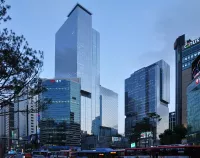
Samsung Group is a South Korean multinational manufacturing conglomerate and...
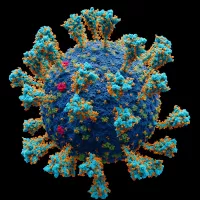
Coronaviruses are a family of RNA viruses affecting mammals and...
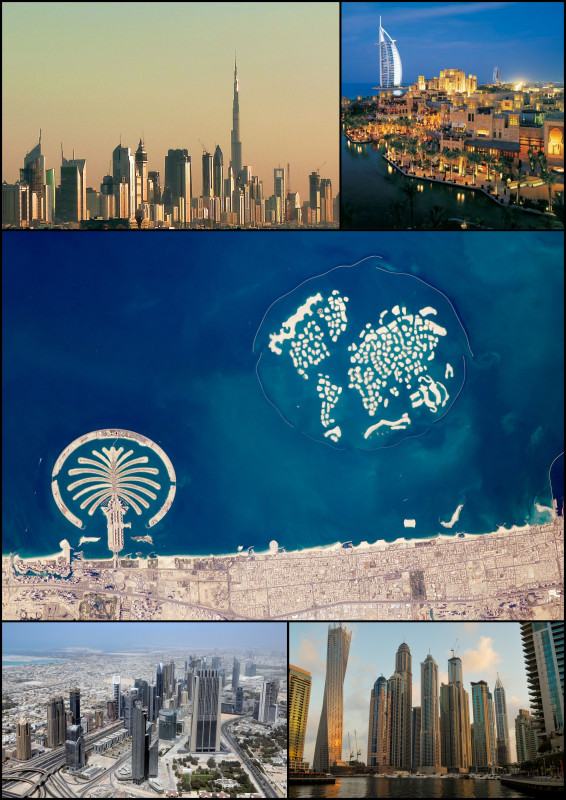
Dubai is the most populous city in the United Arab...
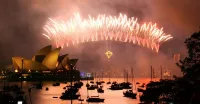
Fireworks are pyrotechnic devices primarily utilized for entertainment and aesthetic...
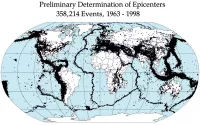
An earthquake is the shaking of the Earth's surface caused...
Trending

5 days ago Aaron Wiggins seizes opportunity with OKC Thunder injuries, recovers from adductor issue.
2 days ago Jalen Williams' Impact: Thunder, Warriors Matchups, Dort's Future, Injury Return

7 months ago Mikaela Shiffrin Releases Final Episode of "Moving Right Along" Web Series

De'Anthony Melton known as Mr Do Something is a professional basketball player in the NBA currently playing for the Brooklyn...

Harrison Butker is a placekicker for the Kansas City Chiefs in the NFL Drafted in he played college football at...
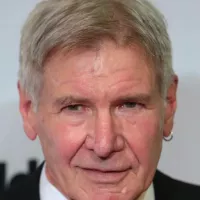
6 months ago Harrison Ford and Gene Simmons to be honored by Operation Smile for charity.
Popular
Matt and Ross Duffer known as the Duffer Brothers are...
Aftyn Alyssa Behn is an American politician currently serving as...

Candace Owens is an American conservative political commentator and author...

XXXTentacion born Jahseh Dwayne Ricardo Onfroy was a controversial yet...

Ilhan Omar is an American politician currently serving as the...
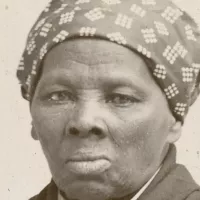
Harriet Tubman was a pivotal American abolitionist and social activist...
